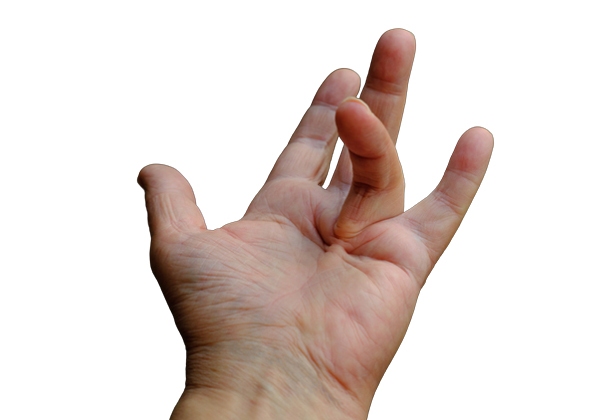Dupuytren’s Contracture Explained: Causes, Symptoms, and Treatment
An Overview
Do you notice lumps, dimples, or thickening in the palm of your hand or fingers? You might have Dupuytren’s contracture, a condition affecting the tissue beneath the skin in your hand.
What is Dupuytren’s Contracture?
Imagine a thin layer of tissue called fascia lying just under the skin of your palm and fingers. In Dupuytren’s contracture, this fascia thickens and tightens, forming nodules or bumps in the palm. Over time, these tight bands can pull your fingers inward, making it difficult to straighten them fully.
What causes it?
The exact cause of Dupuytren’s contracture is unknown, but several factors might increase your risk:
- Genetics: It’s more common in people of Northern European descent.
- Age: It usually affects individuals over 50.
- Medical conditions: Diabetes, alcohol abuse, and smoking are linked to a higher risk.
Symptoms
Lumps or bumps: You might notice firm nodules forming in your palm, often near the base of your fingers.
- Thickened skin: The skin in your palm may appear thickened and dimpled.
- Finger contracture: As the contracture progresses, one or more fingers may become bent inwards, making it difficult to straighten them completely. This usually affects the ring and little fingers but can involve any finger.
- Difficulties with daily activities: Simple tasks like shaking hands, putting on gloves, or washing your face might become challenging.
Diagnosis
Your doctor will likely:
- Examine your hand: They will assess the location and size of nodules, the degree of finger bending, and your range of motion.
- Measure affected areas: They might use specific tools to measure the severity of the contracture.
Treatment
There’s no cure for Dupuytren’s contracture, but treatment options can help manage symptoms and improve hand function. These include:
- Observation: If the contracture is mild and doesn’t interfere with your daily life, your doctor might recommend monitoring it for any worsening.
- Splinting: Wearing a splint at night or for short periods can help prevent further contracture and maintain your finger’s range of motion.
- Needle aponeurotomy: This minimally invasive procedure involves inserting a needle into the thickened tissue to break it down and improve finger extension.
- Surgery: In severe cases, surgery might be recommended to remove the thickened tissue and restore finger function.
Remember
Dupuytren’s contracture progresses slowly, and treatment decisions depend on individual needs and the severity of the condition. If you notice any changes in your hand, consult your doctor to discuss the best approach for managing your specific situation.

